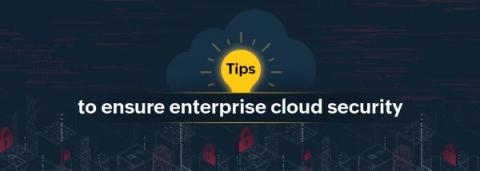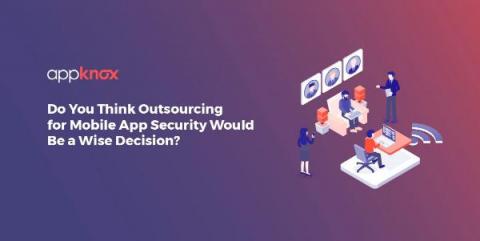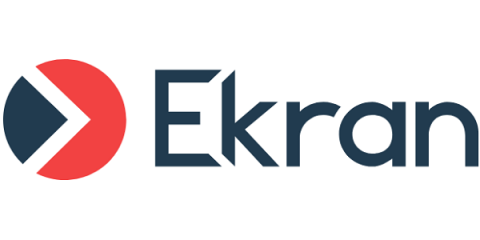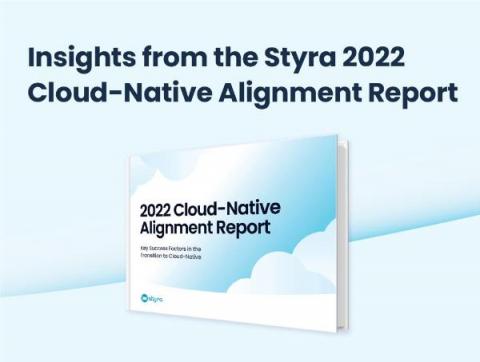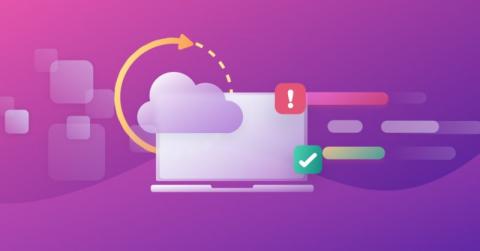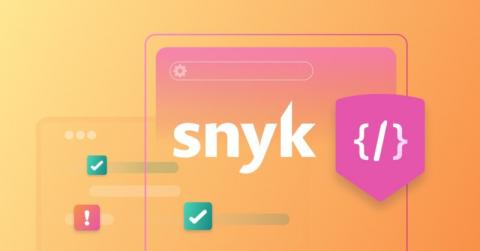Security | Threat Detection | Cyberattacks | DevSecOps | Compliance
Latest News
7 vital security tips for enterprise cloud security administrators
Every organization has tons of sensitive information stored in the cloud. The unanticipated surge in remote work resulted in an increase in the amount of information stored in the cloud. According to TechJury, 67% of enterprise infrastructure is cloud-based. However, with organizations allowing employees to use both business and personal devices at work, the attack surface has expanded, increasing opportunities for threat actors to target vulnerable devices.
Do You Think Outsourcing for Mobile App Security Would Be a Wise Decision
For businesses who are looking to enhance profits and boost their global footprint, mobile app development and app security have become a top priority. With the smartphone industry still flourishing, it's evident that this trend won't be going away anytime soon, especially as market competition is increasing and new interactive technology becomes more prevalent. Mobile apps are expected to earn over $935 billion in revenue by 2023, according to Statista.
10 Things cybercriminals love about you
What do cybercriminals love? (Mostly themselves, but that is beside the point.) They love organizations that have unmitigated risks in their web applications and application program interfaces (APIs). With the entire world connected via the internet, the easiest and quickest way for threat actors to infiltrate your systems or steal customer data is through web applications.
How Managed Risk Best Addresses the Three Pillars of Cybersecurity
Moving Beyond Fear, Uncertainty, and Doubt (FUD): 3 Ways to Strengthen Your Cybersecurity Today
AvosLocker ransomware - what you need to know
AvosLocker is a ransomware-as-a-service (RaaS) gang that first appeared in mid-2021. It has since become notorious for its attacks targeting critical infrastructure in the United States, including the sectors of financial services, critical manufacturing, and government facilities. In March 2022, the FBI and US Treasury Department issued a warning about the attacks.
Insights from the Styra 2022 Cloud-Native Alignment Report
IT leaders have historically managed all infrastructure decisions across storage, network, compute and other aspects of the cloud. But this isn’t necessarily the case today. As organizations move away from on-premise cloud infrastructure and adopt cloud-native technologies, modern developers are playing a larger role in decision-making — especially when it comes to policy decisions like the control of cloud-based tools and the code that runs on them.
Improving coverage of cloud resources to reduce infrastructure drift
As developers, we need maximum visibility of what’s actually running in our cloud environments, in order to keep them secure. Infrastructure as code (IaC) helps developers automate their cloud infrastructures, so what’s deployed to the cloud is under control and can easily be audited. But achieving and maintaining 100% IaC coverage of your infrastructure has many challenges.
How Snyk helps satisfy White House cybersecurity recommendations
Our modern digital world has proven that global tensions between countries are not contained to the battlefield. As international cyberattacks and protestware proliferate, the Biden-Harris administration (White House) instructed US institutions, large and small, to be more vigilant about malicious cyber activity.



